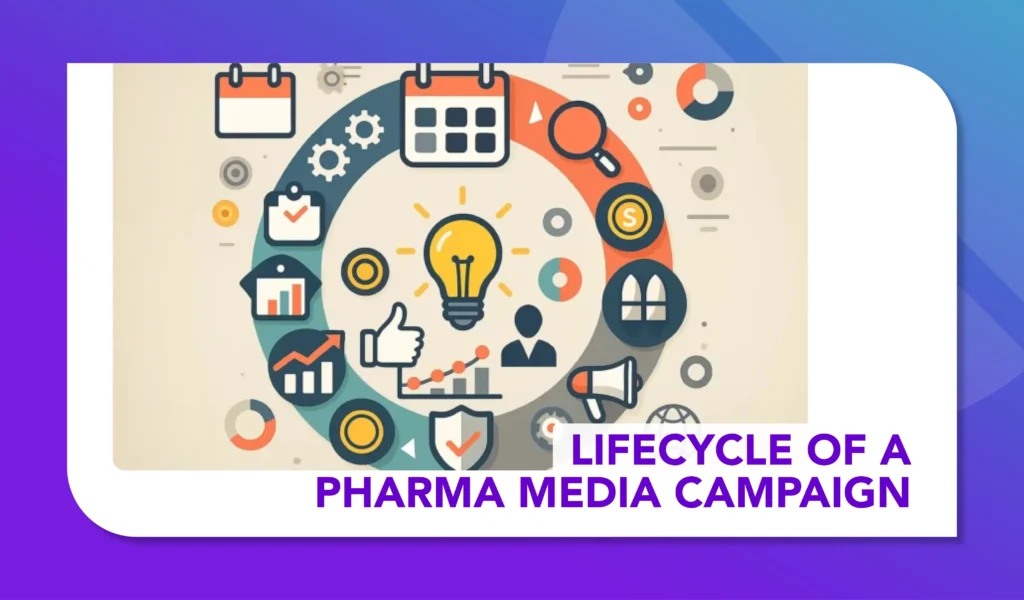Medscape Global Introduces ‘Medscape Outcomes’
Medscape Global division launches a new guaranteed behavioural outcomes option for clients

Medscape Global, Medscape’s international-focused division, has launched ‘Medscape Outcomes,’ a new initiative aimed at guaranteeing behavioural outcomes from advertising campaigns in addition to its existing engagement guarantees. This is being rolled out across both the pure-play advertising campaign and the pharma-led educational campaigns within Medical Affairs.
The Medscape Outcomes initiative features a performance-based agreement where Medscape commits to achieving a pre-determined percentage change against key performance indicators (KPIs) focused on behavioural shifts among healthcare professionals (HCPs). This commitment is intended to push further to ensuring global & local ex-US marketing efforts lead to measurable changes in prescription habits and treatment choices.
The Medscape Outcomes model includes performance metrics and environmental assessments to understand digital behaviors and content performance by country, specialty, and other key metrics.
Mike Brandreth, SVP of Global Commercial & Medical Affairs, emphasized the importance of confidence in the return on investment for omnichannel solutions in pharma. He stated, “With Medscape’s 30 years of experience in delivering effective campaigns for the pharmaceutical industry, we gain invaluable insights into what works. This experience brings a new level of partnership and assurance in our investments.”
Medscape Global shared an example of ‘Medscape Outcomes’, showcasing an MS therapy area campaign that achieved a 10 percentage point increase in first-line use among treatment-naïve patients with highly active RMS, exceeding the 4.5 percentage point target. Additionally, a 6 percentage point lift for patients with mild-to-moderate RMS.
Impact on the global pharma media market
Historically, in the ex-US market, media partners have rarely included guarantees beyond impressions and click-through rates (CTR %). Medscape Global’s shift towards measuring and guaranteeing behavioural changes resulting from media investments is a promising development.
The initiative encourages a deeper understanding of how media investments translate to actual prescription impact, highlighting the importance of identifying behavioral changes among healthcare professionals (HCPs). The hope is that other players in the industry will also invest in understanding the true value of their media budgets and strive for continuous improvement beyond their current practices.
Key questions arise from this development:
- How will this influence other players in the ex-US media market to offer similar guarantees to their clients and agencies?
- How can these guarantees be integrated with other marketing mix activities to create a synergistic effect on outcomes?
- Will this lead to a more comprehensive understanding of the media strategies (tactics, reach, frequency, content types) that effectively drive behavioral changes among HCPs globally?


























